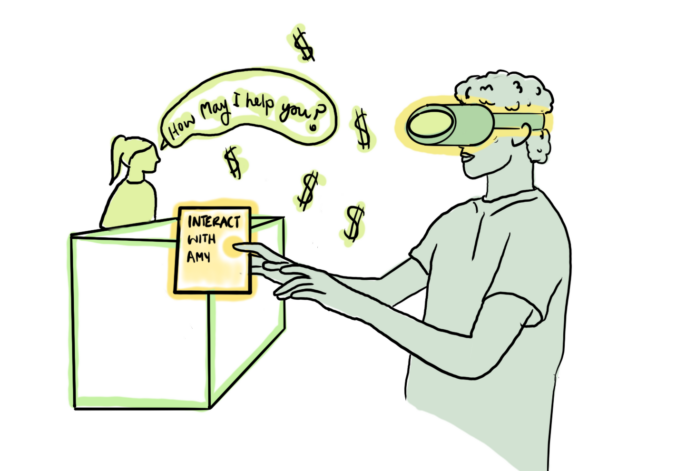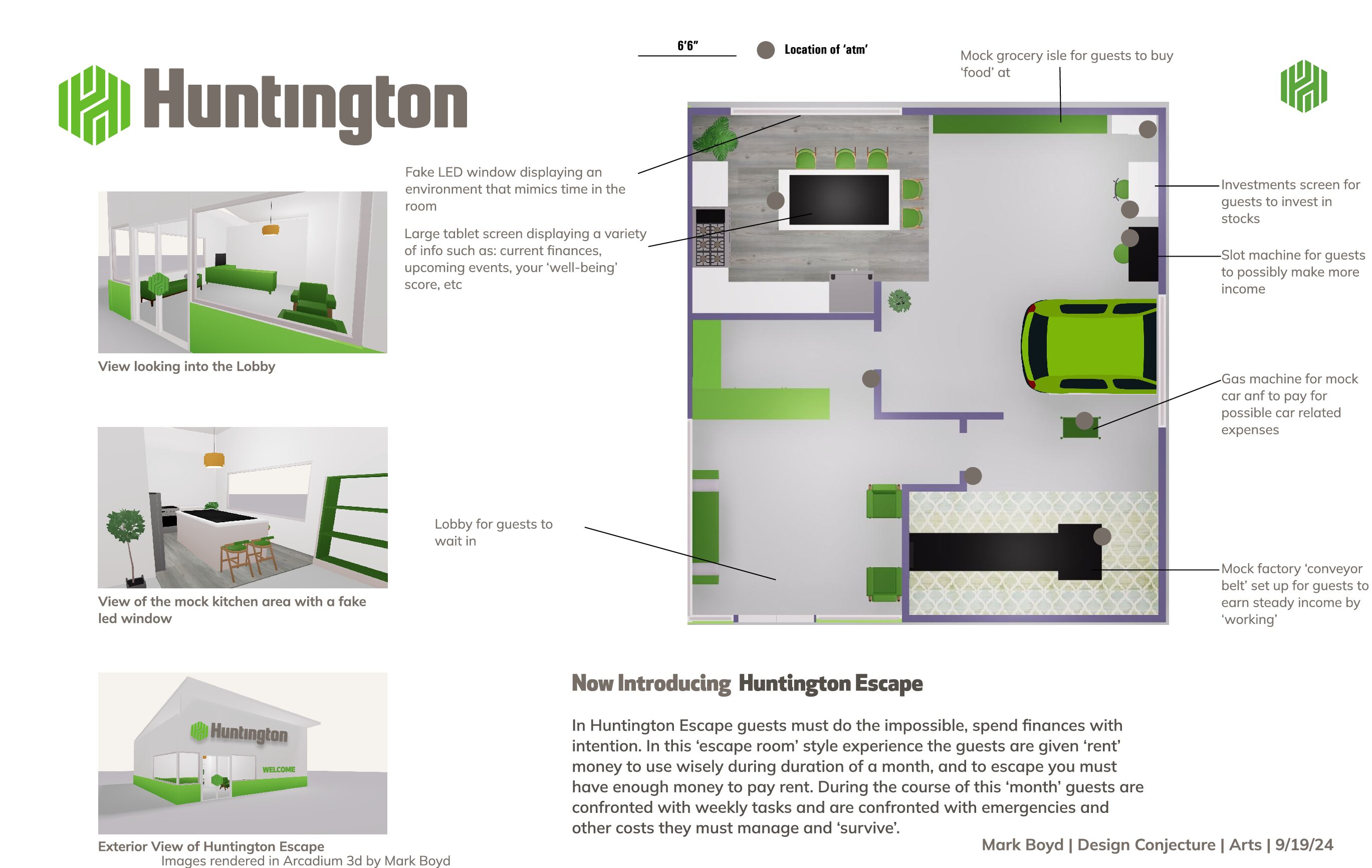What I have understood from the arts category is that aging, managing finances, and keeping up with new technology are very emotional processes. All of these processes can heavily impact a person’s quality of life because they influence confidence, along with one’s physical and mental well-being. This is why it is important to have empathy when designing for others and to put forth effort into making life’s daily processes more enjoyable. I have also learned that quality customer care and experience can help address some of the anxieties that come with aging, financial & technological stress. When customers have someone to talk things over with and seek advice from, they might feel better about their decisions. In addition, when customers are excited by a service and can enjoy an activity that would normally make them feel anxious, it might take away stress and increase customer satisfaction and loyalty. This is important to think about for the banking industry because it is rapidly changing. As the rise of new technologies have created a transition to virtual banking, customers are losing certain enjoyments unique to the in-person banking experience. In knowing that virtual banking is only going to rise for its convenience, accessibility, and low operational costs, I question what design can do to make it more personable with human emotion and interaction – the way an in-person banking experience is.
I think a Virtual Reality Banking Experience where employees and customers can interact and feel as if they are at the physical bank from the comfort of their own homes would be just the thing to make the virtual banking experience more exciting and empathetic. Customers can simply put on a headset and be transported to a personalized bank scene of their choice – in the image above a reference a traditional bank branch setting where a teller is waiting behind the counter for customers to arrive. One can personalize their avatar character and the way the bank looks from an inclusive set of options in settings. They can approach employees, ask them questions & build relationships, interact with other customers, and complete independent banking tasks. The amount of human interaction or lack thereof is up to the customer, and customers who do not want to interact with anyone can choose to be invisible to others at the bank.
Analysis: This process would take a great deal of VR programming and mix of AI to personalize the banking experience and make it the most efficient for the customer. It brings up questions of cost – knowing that not every customer can afford to buy their own headset, how can we make this VR more accessible? How can we keep up with operating costs and employee demand? Is it possible for bank employees to multitask and pass off simple services to AI chat bots? In sharing this idea with older adults, many thought it would be fun and entertaining, especially for those who can no longer go places. But many expressed they would not want to use this solution when real money is involved, and they believe the concept would be too mentally and physically disorienting.




